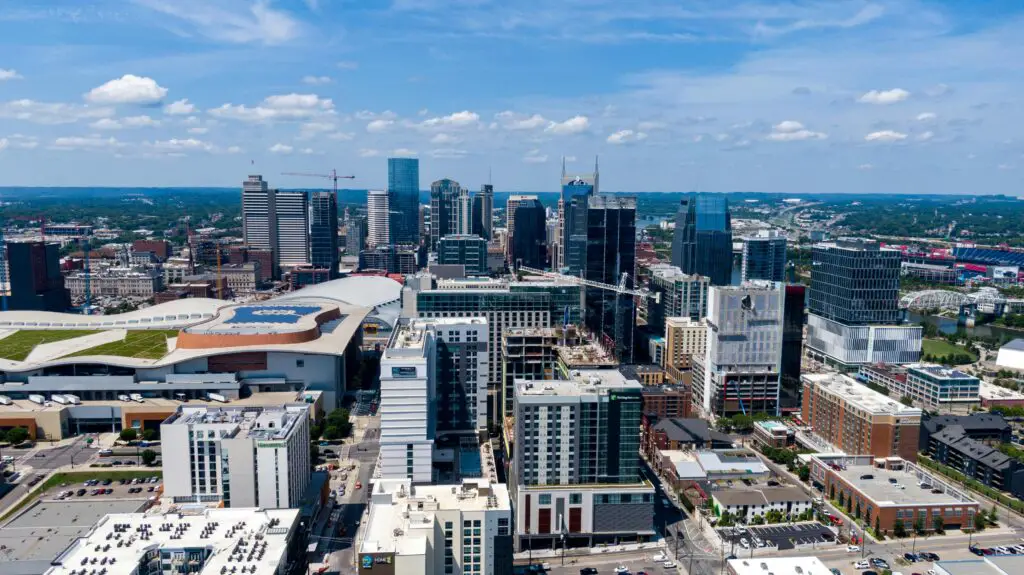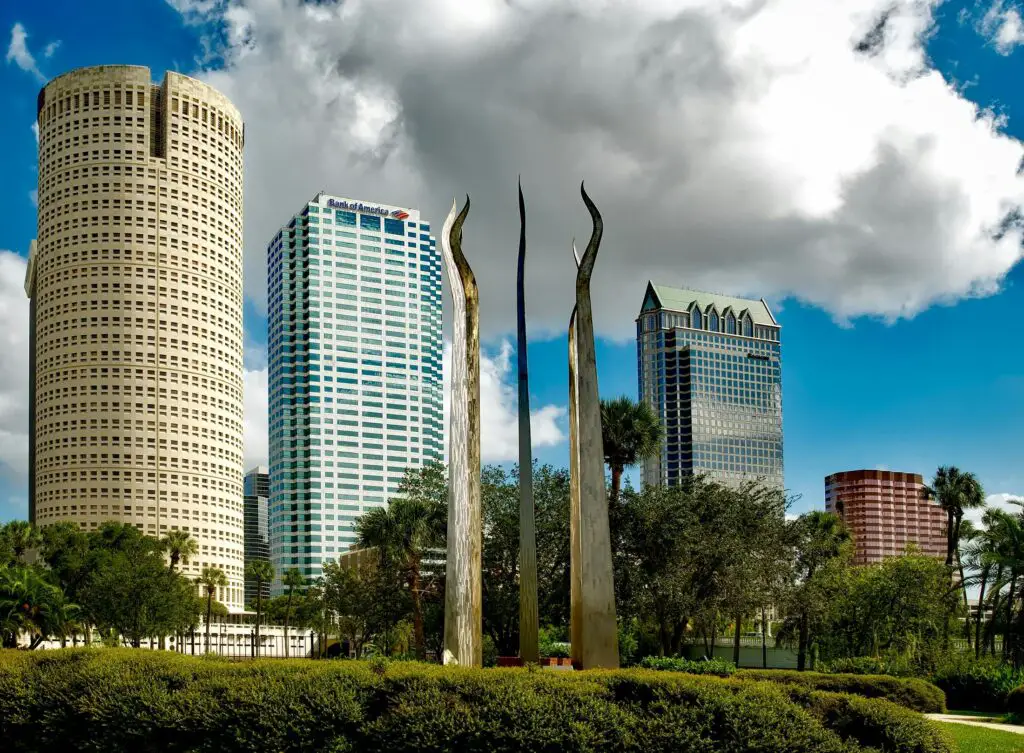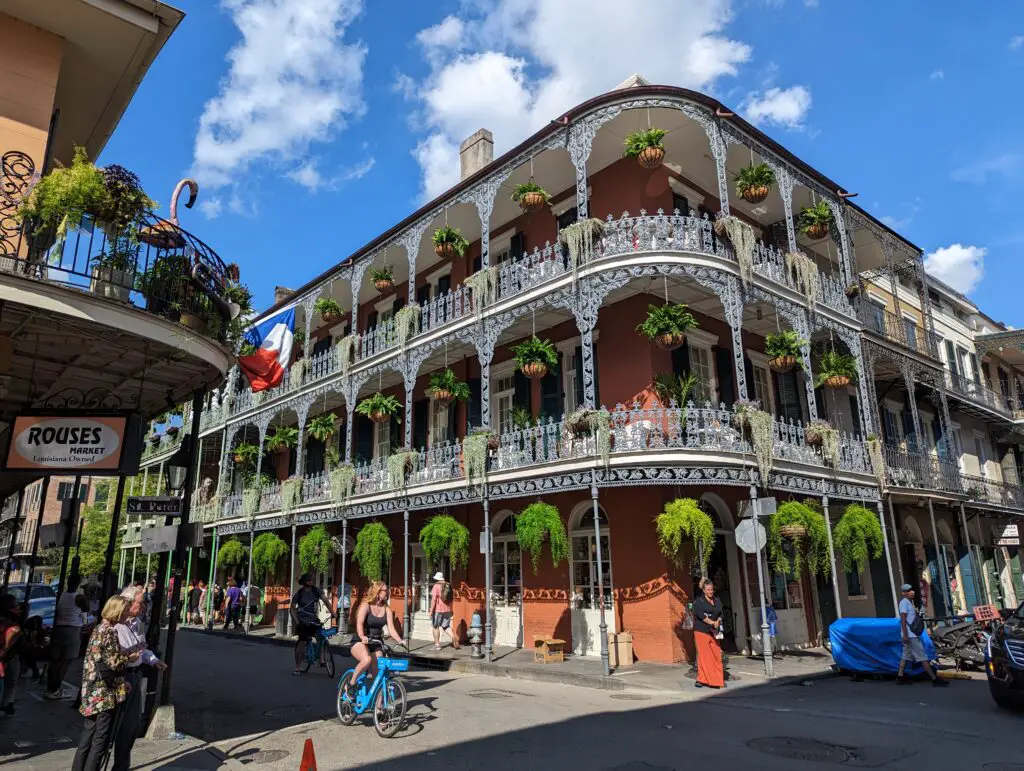The U.S. housing market has seen drastic shifts in recent years, with some cities experiencing a rapid rise in home values only to face significant declines in 2025. Economic factors, rising interest rates, and oversupply have led to major downturns in several metropolitan areas. Below is a closer look at 15 cities where home prices are dropping, and the market is cooling significantly.
1. Boise, Idaho

Boise’s housing market, a poster child for pandemic-era exuberance, has dramatically shifted gears, transforming from a red-hot seller’s market to a cautionary tale of overpricing and waning buyer interest. The rapid escalation of home values during the pandemic priced many local residents out of the market, creating a situation where demand became unsustainable. Now, with a surplus of overpriced homes and fewer buyers willing to meet those inflated asking prices, significant markdowns are becoming increasingly common. This correction is creating an opportunity for those who were previously priced out to re-enter the market, but many are wisely waiting for further price declines before making a move.
The market’s current state underscores the cyclical nature of real estate and the importance of sustainable growth. The rapid rise and subsequent fall serve as a reminder of the delicate balance between supply and demand. As the market recalibrates, it’s likely to find a new equilibrium, but the scars of the recent boom and bust will likely linger for some time. This cooling off period allows for a more balanced market where buyers have more negotiating power. For a deeper understanding of Boise’s market dynamics, you can refer to local news sources like the Idaho Statesman, which often covers housing trends.
2. Austin, Texas

Austin, once a beacon of booming growth and a magnet for tech companies and young professionals, is now experiencing a dramatic downturn in its housing market. The rapid influx of new residents and subsequent construction boom led to an oversupply of homes, particularly in the higher price brackets. This overbuilding, coupled with already sky-high prices, has created a glut of unsold properties, leaving sellers scrambling to find buyers. Experts predict significant price drops in the coming months as the market struggles to correct itself and absorb the excess inventory.
The once-frenetic pace of bidding wars has given way to a more cautious approach from buyers, who are now in a stronger position to negotiate. This market correction is a natural consequence of unsustainable growth, and it’s likely to bring more balance to the Austin housing landscape. The cooling market could also provide opportunities for local residents who were previously priced out to purchase homes. For insights into the Austin housing market, the Austin Business Journal is a valuable resource.
3. Phoenix, Arizona

Phoenix, a city that experienced years of rapid population growth and soaring home prices, is now facing a sharp decline in its housing market. The combination of rising mortgage rates, which significantly impact affordability, and a slowing influx of new residents has cooled demand considerably. Investors, who played a significant role in driving up prices during the boom, are now pulling out of the market, further exacerbating the situation.
This exodus of investors leaves many properties unsold, contributing to the growing inventory and putting downward pressure on prices. The shift in market dynamics is a stark contrast to the frenzied buying activity of recent years. As the market adjusts, potential buyers are finding themselves in a more advantageous position. The cooling market presents an opportunity for those who were waiting on the sidelines to enter the market. For more information on the Phoenix housing market, check out the Arizona Republic.
4. Las Vegas, Nevada

Las Vegas, a city known for its boom-and-bust cycles, is grappling with a significant slump in its housing market as speculative buying fades and the realities of economic fluctuations take hold. The city’s heavy reliance on tourism-based income makes its housing market particularly volatile, as economic downturns can quickly impact visitor numbers and, consequently, the local economy. With fewer buyers in the market and an increasing number of listings, home values are tumbling, forcing sellers to lower their prices to attract potential buyers.
The decline in speculative buying suggests a return to a more fundamentals-driven market, where affordability and long-term value are key considerations. The current market conditions may present opportunities for those looking to invest in Las Vegas real estate for the long haul. For insights into the Las Vegas real estate market, the Las Vegas Review-Journal offers valuable information.
5. Miami, Florida

Miami’s luxury housing market, which experienced a surge in demand during the pandemic, is now taking a hit in 2025. High-interest rates, which make mortgages more expensive, and a decline in foreign investment, a significant driver of Miami’s luxury market, have slowed sales considerably. Overpriced properties, which were common during the boom, are now being forced into price reductions to attract buyers who are becoming more discerning and price-sensitive.
The slowdown in the luxury segment is having a ripple effect on the broader Miami housing market, as sellers in other price ranges also adjust their expectations. The cooling market presents an opportunity for buyers who have been waiting for prices to become more realistic. For information on the Miami real estate market, the Miami Herald is a good source.
6. San Francisco, California

San Francisco, once the epicenter of the tech boom and a symbol of high-priced real estate, continues its decline as tech layoffs and the rise of remote work reshape the market. The exodus of residents to more affordable regions, driven by both job losses in the tech sector and the increased flexibility of remote work, has left an oversupply of high-priced homes. Even with significant price reductions, many properties in San Francisco remain unattainable for a large segment of the population.
The market’s correction reflects a fundamental shift in housing demand and the changing dynamics of the tech industry. The long-term impact of these trends on the San Francisco housing market remains to be seen. For insights into the San Francisco real estate market, the San Francisco Chronicle is a helpful resource.
7. Salt Lake City, Utah

Salt Lake City, a once-popular destination for out-of-state buyers seeking a balance of affordability and outdoor recreation, is now seeing demand for housing dwindle. Rising costs of living, including housing expenses, and overbuilding in certain areas are dragging prices down.
Sellers are increasingly slashing prices to compete for the few active buyers in the market, creating a more favorable environment for those looking to purchase a home. The cooling market suggests a shift in buyer preferences and a greater sensitivity to affordability. The increased inventory also gives buyers more choices and greater negotiating power. For news on the Salt Lake City real estate market, The Salt Lake Tribune is a good source.
8. Seattle, Washington

Seattle’s housing market, once a hotbed of tech-fueled growth, is cooling rapidly as buyers become more cautious in the face of rising interest rates and an oversaturated market. Skyrocketing interest rates have significantly impacted affordability, making it more difficult for potential buyers to qualify for mortgages. An oversaturated market, with more homes for sale than there are buyers, is further driving prices lower.
Uncertainty in the tech industry, a major employer in the Seattle area, is also dampening confidence and contributing to the slowdown. The combination of these factors is creating a more balanced market, offering opportunities for buyers who were previously priced out. For information on the Seattle housing market, The Seattle Times is a valuable resource.
9. Denver, Colorado

Denver’s housing market, which experienced a period of rapid growth and soaring prices, is no longer climbing at its once-rapid pace. Overbuilding in certain neighborhoods and inflated property values are leading to price corrections, bringing the market back to a more sustainable level. First-time buyers, who were often priced out during the boom, are now holding out for deeper discounts before committing to a purchase.
The market’s cooling off period is a natural adjustment after a period of rapid appreciation. The increased inventory and moderating prices are creating a more balanced market for both buyers and sellers. For insights into the Denver real estate market, The Denver Post is a useful source.
10. Nashville, Tennessee

Nashville’s boom in the housing market is losing steam as the market becomes oversaturated with properties. Investors, who played a significant role in driving up prices, are now retreating, leaving behind unsold homes and contributing to declining prices. The once-thriving music city housing market is facing a much-needed reset, moving away from the frenzied pace of recent years.
The increased inventory and moderating prices are creating a more balanced market for both buyers and sellers. The cooling market could provide opportunities for local residents who were previously priced out to purchase homes. For information on the Nashville housing market, The Tennessean is a good source.
11. Charlotte, North Carolina

Charlotte’s rapid expansion and population growth are now leading to challenges in its housing market. A flood of new developments has created excess inventory, putting downward pressure on prices. Homeowners are finding it harder to sell at the values seen just a few years ago, as the increased supply gives buyers more choices and greater negotiating power. The market correction is a natural consequence of rapid growth and overbuilding, and it’s likely to bring more balance to the Charlotte housing landscape.
The cooling market could also create opportunities for first-time homebuyers who were previously priced out by the rapid appreciation of home values. The increased competition among sellers should lead to more reasonable pricing and potentially better deals for buyers. For insights into the Charlotte real estate market, The Charlotte Observer is a valuable resource.
12. Tampa, Florida

Tampa’s affordability, which once drew a significant influx of buyers to the Florida coast, is no longer attracting the same level of interest. Rising interest rates, which have a direct impact on mortgage affordability, and an oversupply of homes have led to a notable slowdown in the Tampa housing market. Prices are expected to drop further as sellers compete for a shrinking pool of buyers.
The shift in market dynamics is a sign that the rapid growth Tampa experienced in recent years was unsustainable. The current market conditions may present opportunities for buyers who have been waiting for prices to become more reasonable. For information on the Tampa real estate market, the Tampa Bay Times is a good source.
13. Orlando, Florida

Orlando is grappling with a saturated housing market as demand wanes and the once-frenetic pace of home sales slows considerably. Overzealous construction projects, driven by the earlier boom in demand, have left the area with too many homes and not enough buyers to absorb the excess inventory. Prices are falling, especially in suburban neighborhoods where the oversupply is most pronounced.
The cooling market is a welcome sign for potential homebuyers who have been struggling to compete in the heated market of recent years. The increased inventory and moderating prices should create a more balanced market. For insights into the Orlando real estate market, the Orlando Sentinel is a useful resource.
14. Sacramento, California

Sacramento, once a refuge for Bay Area residents seeking more affordable housing, is now experiencing a significant cooling off period. Home prices, which surged during the pandemic as people fled expensive coastal cities, are now in freefall as demand softens. Many buyers are waiting on the sidelines for better deals as inventory builds up and sellers become more willing to negotiate.
The market correction in Sacramento is a reflection of the broader shifts in the California housing market. The increased inventory and moderating prices could make Sacramento a more attractive option for buyers who were previously priced out. For news on the Sacramento real estate market, The Sacramento Bee is a good source.
15. New Orleans, Louisiana

New Orleans is facing a downturn in its housing market fueled by a combination of economic instability and population stagnation. The local housing market is seeing a rise in foreclosures and price reductions, as sellers struggle to find buyers in a challenging economic climate. Buyers are hesitant, knowing that better deals may be on the horizon as the market continues to soften.
The downturn in New Orleans highlights the connection between economic health and the real estate market. The current market conditions may present opportunities for investors with a long-term perspective. For insights into the New Orleans real estate market, The Times-Picayune | The Advocate is a valuable resource.
